Difference between IDMT DT and Instantaneous relays:
Generally, the over current relays are differentiating with their time of operation. The most commonly used over current relays are IDMT (Inverse definite mean time) over current relays, DT (definite time) over current relays and Instantaneous time over current relays. They are designed to sense the over-current. Let see the difference between IDMT and DT and Instantaneous over current relay.
Refer the Curve of IDMT, DT and Instantanous relay fault current vs operating time
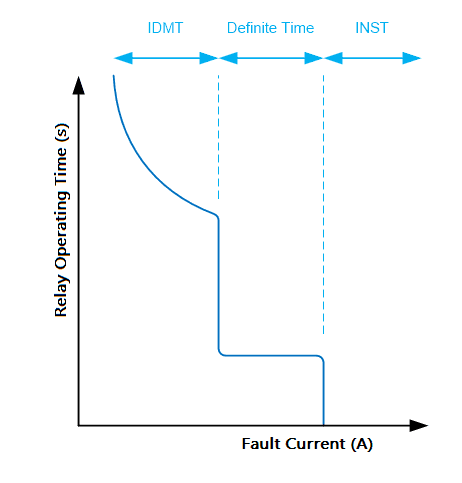
[wp_ad_camp_2]
IDMT: Inverse definite Mean Time
The relay operating time is inversely proportional to the magnitude of the fault current. For low amount of fault current relay takes more time to operate, for higher current the relay trips fastly. The relay operates according to its characteristics curve. The IDMT relay should be coordinated with other feeder’s definite time relays.
i.e if you have fault current of 5000A means the relay trip the circuit at 50mSec means, for the fault current of 10,000A the same rely trip the circuit below 50msec (appx. 20msec). The operating time decreases as the current flow through the circuit increases.
Different types of Inverse time relays are Inverse, very inverse and extreme inverse. The operating time of these relay is depending on the inverse characteristics of the relay.
DT: Definite Time over current relay
The operating time is fixed irrespective of the fault current and the time setting can be controlled manually. i.e if you set a DT relay to operate 10 secs, for 5000 Amps, means the relay allows 5000 + Amps for 10 secs, beyond 10 sec, the relay trips the circuit. Since the operating time of the relay is constant. Generally, less sensitive (higher pickup) to prevent operating for load inrush. Mostly these relays are used as feeder over-load protection, motor overload, busbar over load etc. Relay should be coordinated with other definite time relays.
Instantaneous relays:
[wp_ad_camp_2]
The relay operates irrespective of the time when the fault current reaches the pre-set value. The relay co-ordination is not necessary. Ideally instantaneous protection takes zero time. However, the relay takes around 5 to 10 msec as relay processing time. See the curve, the curve become vertical straight line, since the relay does not have any time delay.
[wp_ad_camp_2]
Key Points of Difference between IDMT DT and Instantaneous relays:
| Description | IDMT | DT | Instantaneous |
| Definition | Inverse Definite Mean Time | Definite Time Over Current Relays | Instantaneous Over current |
| Operting time | Depending on the magnitude of fault current | Operating time constant, irrespective of the fault current | Relay operates at zero time |
| Sensitivity | High | Low | High |
| Cost | Very high | low | High |
| Co-ordination | Require and it should be coordinated with other Definite time relays | Require with other Definite Time upstream relays | Not Require |

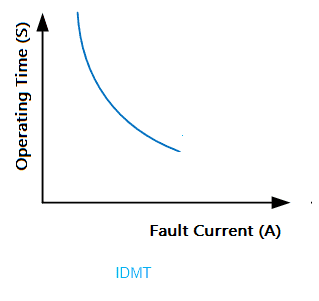
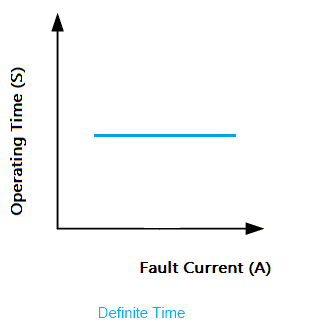
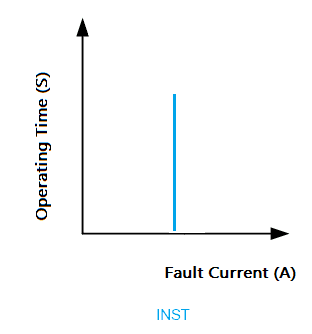
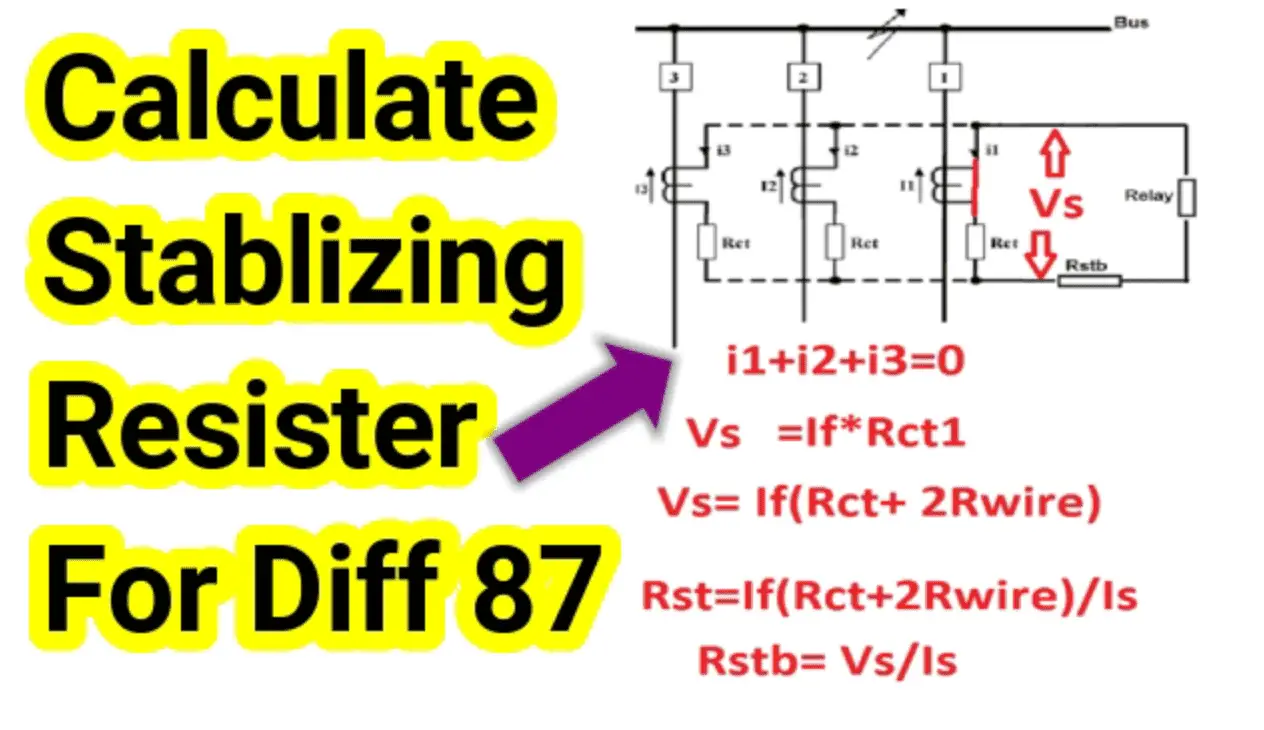
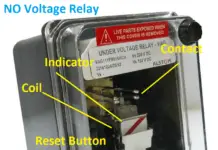
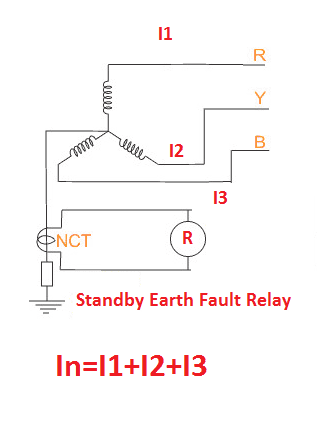

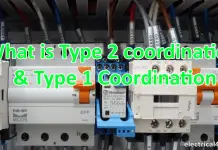

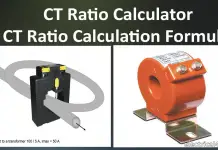

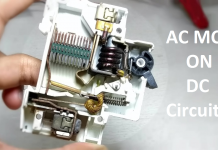
![What is Arc Chute? Types, Working Principle [Video Included] arc chute working priciple](https://electrical4u.net/wp-content/uploads/2020/06/arc-chute-218x150.png)
Nice , simple and easy to understand